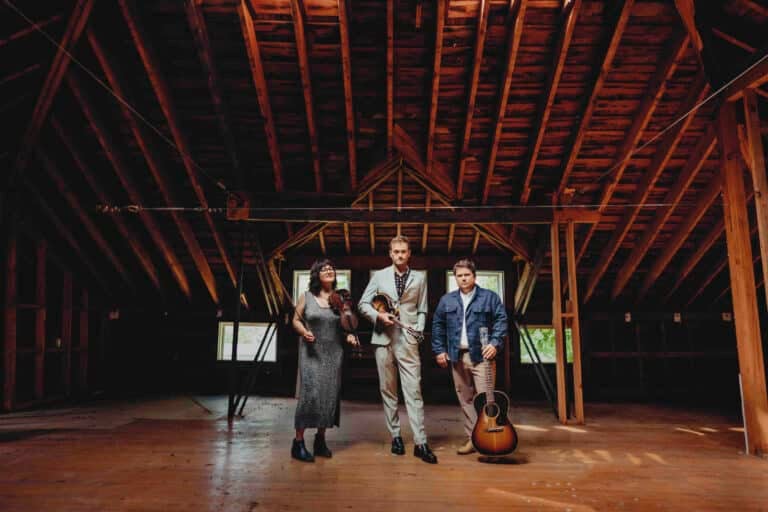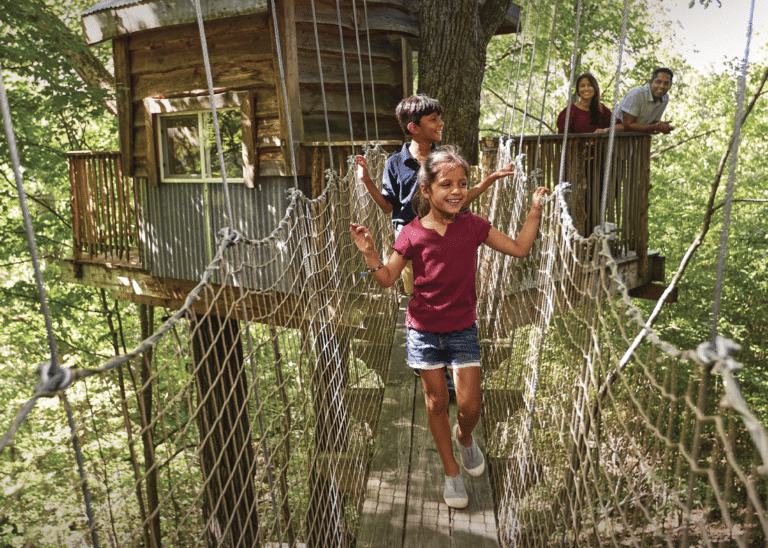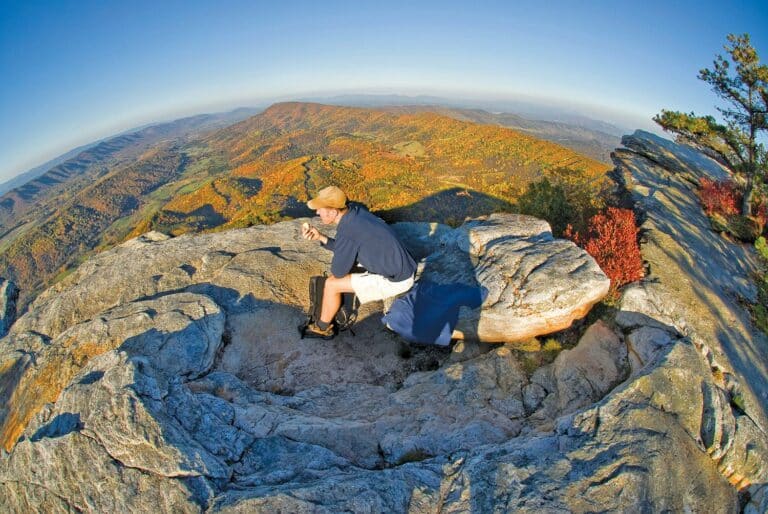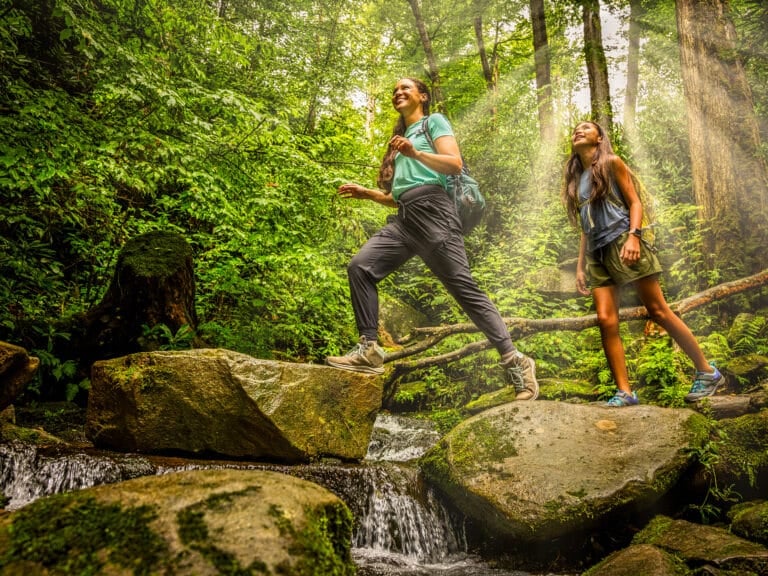A soft-spoken scientist who often works behind the scenes, Hugh Irwin doesn’t typically grab headlines or seek the spotlight. Yet for over thirty years, he has been one of the most powerful voices in conservation, responsible for protecting some of the wildest places in the mountains, including Citico Creek Wilderness in Tennessee and Fires Creek in western North Carolina.
Irwin recently received the first-ever Southeastern Stewardship Lifetime Achievement Award from the Southern Environmental Law Center for his dedication and determination in protecting Southern forests. He shared his thoughts on three decades of protecting wild places in Appalachia.
From a conservation perspective, why is Southern Appalachia important?
Southern Appalachia comprises one of the most significant biological hotspots in North America and one of the most important areas for conservation in the world. The area has been continuously vegetated for at least 65 million years and has served as a biological refugia during key phases of evolution. Our large number of endemic species and high diversity of animal species is globally significant. The Southern Appalachians is one of the most important centers of biological diversity for salamanders in the world. The diversity of aquatic species is also remarkable.
What are the personal highlights of your conservation work over the past few decades?
One major highlight was the Roadless Rule, which protected all inventoried roadless areas at the end of the Clinton Administration. We had been working to get protection for Roadless areas for decades. The designation of Citico Creek Wilderness and other areas in Cherokee National Forest in 1984 and 1986 was also a highlight. So was the publication of “Return the Great Forest,” a conservation vision for the Southern Appalachians that identified the critical conservation lands and connected corridors that could serve as the backbone of a conservation network to protect the biological diversity of the region for the long term.
Have we made any progress on that conservaton vision?
It is a long-term vision of what the region could be in a hundred years and more if we worked for conservation protection of these vital areas. We never thought it would be easy or would be uninterrupted progress fulfilling this vision. Indeed, there have been ups and downs since it was published. Some wilderness areas have been protected in Virginia. Key conservation tracts identified in the vision, such as the Rocky Fork tract in Tennessee, have been acquired as public lands.
However, there is much remaining to do. The Nantahala-Pisgah planning process illustrates both the potential and the challenges of making progress toward building this conservation network. The Nantahala-Pisgah lies at the heart of this Southern Appalachian network. In many ways the success or failure of this vision rests on the fate of Nantahala-Pisgah lands. A large part of the remaining unprotected wildlands are on the Nantahala-Pisgah. Much of the remaining old growth in the region is on this forest. Critical rare species habitat is on the Forest and will be either protected or put into timber production.
The planning process also initially failed to inventory important potential wilderness areas – essentially uninventoried roadless areas. It was only when conservation groups insisted that the Forest Service properly follow their own rules that areas that had been improperly left out were added to the inventory. However, these areas are not protected by the Roadless Rule.
The stakes are very high, and the fate of these lands is far from assured. If the public does not insist that these and other critical conservation lands are protected, they could go into management that allows timber production.
This is a tough time to be in conservation. How are you holding up?
Although most of our conservation problems can be traced to human activity and past management, some people believe that these problems can only be addressed by doubling down and doing more active management. Some of the abuses of past management can be addressed through ecological restoration, but we also need to have humility. Nature and natural processes are the most reliable healer. Our lands that are in the best and most intact condition need to be protected. These are lands that are functioning as they should. They include old growth forest and forest that is returning to old growth.
I am able to keep a positive attitude when I keep the long view and remember how special our landscape is. This landscape is tremendously resilient. The complexity of the mountain habitat represents innumerable niches for adaptation. Every change in elevation, every different slope and aspect represents a slightly different habitat in which species can adapt. Different parent rocks and their soils give a different substrate for plants to thrive in. This landscape is waiting to be a refuge in our time of ecological challenges and climate change as well. It also gives me hope that many other people also recognize and appreciate the unique landscape that we live in.
What were some of the most memorable moments you’ve experienced in Southern Appalachia?
Years ago, when I was first exploring the Citico Creek area, I heard a terrible racket immediately above me. It was a mother bear coming out of a tree as fast as she could, slowing herself as she came down with her claws dragging against the side of the tree. She was down within seconds and two cubs followed her, running down the holler. It was all over within a very short time, but it left a lasting impression.
Another recent memorable experience also involved a bear and was very different from the first. I was hiking in the Big Creek area of the Smokies three years ago, and I saw a very large bear a few feet from the trail digging up roots. I expected that the bear would see me and run off. When that didn’t happen, I yelled and waved my arms again expecting it to run. The bear just looked up at me and then returned to digging. At this point I carefully considered my options. I could become more insistent, yelling louder and waving more aggressively. However, that didn’t seem the right thing to do. After all, the bear was more in its home than I was. So I left the trail and bushwhacked in a wide swing to give this bear the respect it deserved. Both experiences taught me respect and awe for this creature that in many ways epitomizes the wonder, mystery, and richness of our forests.









